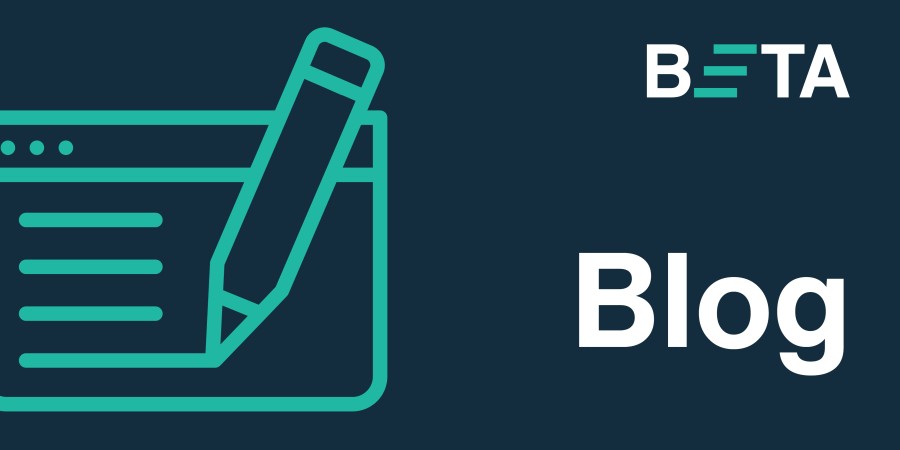
How can we improve the diversity and gender balance of our workplaces? In 2016, women comprised 59.0% of the APS as a whole, but accounted for 48.9% of its executive level officers and only 42.9% of its Senior Executive Service officers.
Is unconscious bias occurring during the shortlisting process for job applications? BETA removed gender and ethnicity characteristics from job applications to see if this would change the selection outcomes at senior levels of the Australian Public Service (APS).
The results of our study found de-identification did not appear to promote diversity at the shortlisting phase of recruitment. The study found that females and minorities were more likely to be shortlisted when their characteristics are identified.
Based on our study de-identifying CVs did not solve the problem of gender equality, or lack of diversity, at senior levels within the APS. This study is the first building block in a broader evidence base that is needed to determine what works to improve diversity in recruitment. It tested shortlisting decisions in a hypothetical recruitment situation.
More broadly, it is important to consider where else bias could be happening. This includes how positions are advertised, how interviews are conducted, and how hiring panels are selected and managed. More work needs to be done to address gender balance and diversity in our workplaces, with all stages of the recruitment process part of this solution. Given the importance of this issue, we intend to keep looking and test what works in real world settings.
Read the full report Going blind to see more clearly: unconscious bias in Australian Public Service (APS) shortlisting processes for more information.
Can going blind help us make us less bias in recruitment decisions? This is not a new idea, to focus on what really matters, we hide the things that don’t.
Blinding ourselves from information that isn’t critical, helps protect us from our own unconscious biases. So we can make a decision without being influenced by irrelevant factors.
A curtain between musicians in a jury helps improve the chances that women are selected for the American Symphony Orchestra, suggesting an unconscious bias towards men. Reality TV uses a similar concept for people auditioning for a popular singing competition, by blinding the judges to their appearance.
Behavioural science tells us that we’re biased, that we get overwhelmed with large amounts of information, and that we use shortcuts to make quick decisions. So, can ‘going blind’ actually help?
We wanted to test it out, to see what works for recruitment in the Australian Public Service. We invited over 2,000 senior managers from 14 different Australian Public Service agencies to participate in a study. We randomised participants into three groups and asked them to review CVs and shortlist the best five candidates.
The first group saw the CVs including the names of each candidate. The second group saw the exact same CVs – but with one important difference: each name was substituted with a name of the opposite gender. For example, the CV for Mike Harris in group one, was Mary Harris in group two. The third group of reviewers saw the exact same CVs but instead of names, they were simply labelled CV1, CV2, and so on.
We then looked at the data to see how each CV was rated, and assess any differences between the three experimental groups. We found that blinding a CV resulted in a different short listing assessment. Making a CV blind actually decreased the chances that a female candidate would be shortlisted. Our results showed that people were actually favouring female candidates and rating these CVs more highly than the same CVs with male names.
We also tested whether ‘going blind’ could help improve diversity in our workplaces. We used the same principle and included ethnic minority names on some CVs, so that we could see if there was bias towards or against these candidates.
The results showed that most minority candidates were more likely to be shortlisted when their names were identified on their CVs, compared to when they were ‘blind’. These results surprised some people. It confirms that it is important to check how people actually behave, compared to how you think they will behave.
The overall take-home message is that agencies should proceed with caution before introducing blind recruitment. We thought ‘blinding’ CVs would help solve the problem of female participation and the diversity in senior levels of our workforce. If we hadn’t tested it, we would have probably held on to this belief.
There is more work that needs to be done to address gender balance and diversity in our workplaces. If bias isn’t being introduced during the shortlisting stage of recruitment, where else could this be happening? We’re still biased (sorry!), but now we know that rather than putting all the focus on bias in the initial reviewing of job applications, it may be more valuable to direct our attention to the other stages of recruitment, where bias may play a larger role.
Behavioural economics is all about testing assumptions and finding out what works. That’s what we do at BETA.

